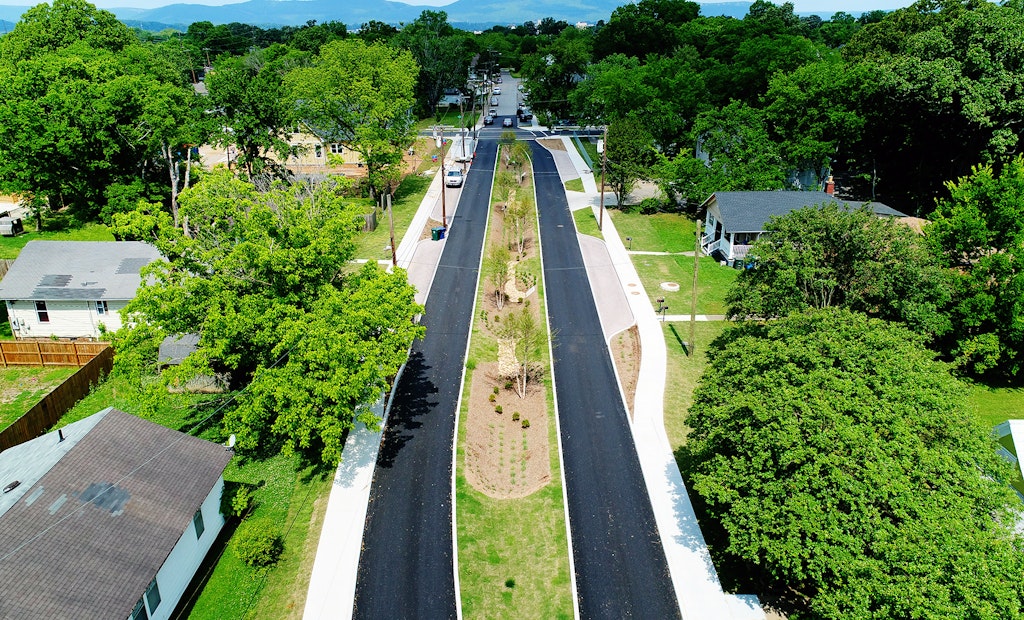The wastewater infrastructure system in Chattanooga, Tennessee, is undergoing a massive makeover, mostly in an effort to boost the system’s ability to handle a high volume of stormwater and wastewater during heavy rain events.
Sanitary sewer overflows (SSOs) recently caught the...






